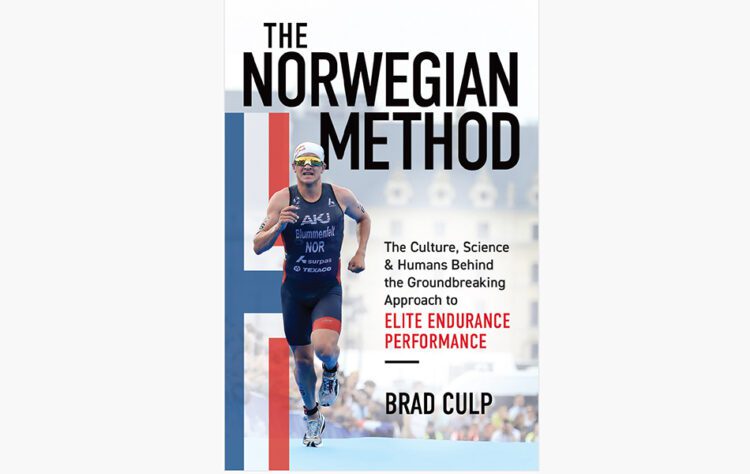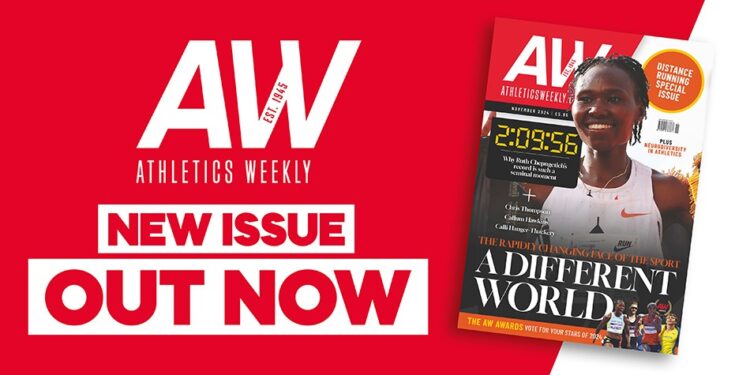An in-depth look at ‘the Norwegian Method’ of endurance training

New book by Brad Culp offers a detailed analysis of the history and methodology of the fashionable system that has caught the imagination of the distance running world
Any distance runner worth their salt will be familiar with “the Norwegian method” of training. It has been popularised by the Ingebrigtsen brothers, plus triathletes Kristian Blummenfelt and Gustav Iden. The success of Jakob Ingebrigtsen in particular has led to the system being copied by a sizeable percentage of the world’s top endurance runners.
Ingebrigtsen, for example, won the Olympic 1500m title in 2021 and the past two world 5000m crowns, plus world records at 2000m, 3000m and two miles, whereas Blummenfelt won the Olympic triathlon gold in 2021 followed by the Ironman world title, with Iden taking the Ironman victory in Hawaii in 2022.
For many the method revolves around double-threshold pace sessions, where athletes do lengthy workouts twice a day at an uncomfortable pace but not so tough that it leaves their body in tatters. This way the athlete gets a good physiological benefit and is able to repeat it frequently without necessarily breaking down.
Brad Culp, however, explains it much better than me in his new book The Norwegian Method – The Culture, Science and Humans Behind the Groundbreaking Approach to Elite Endurance Performance.
Culp is from Chicago and now lives in Illinois and is a former editor-in-chief of Triathlete and Lava magazines. He’s also a long-time triathlete with seven ironmans under his belt.
In the book he visits Bergen in Norway, the home of triathlon stars Blummenfelt and Iden, as he digs deep into the history of the Norwegian Method.
Not only does he look at the modern history of endurance sport in Norway, with a look at the exploits of Ingrid Kristiansen and Grete Waitz for example, but he goes much further back in time to look at the impact the Vikings made and the essence of the Scandinavian culture.

Ingrid Kristiansen (Mark Shearman)
There is also a chapter on the birth of altitude training in the 1960s and the impact of the 1968 Mexico Olympics. Seb Coe’s training under Peter Coe enjoys a cameo appearance too. Very soon into this book you realise it’s not simply about lactate thresholds and double-day sessions, but much more.
Culp analyses the general sports system in Norway, from how young athletes are developed through to the support that older elite athletes receive. There are of course whole chapters dedicated to the Ingebrigtsens, Blummenfelt and Iden but also “the Godfather” of the method, Marius Bakken, together with other key figures.

Of course Culp looks at the science behind the method as well. In addition, he argues there is much more to the method than high mileage and double-threshold sessions, with a chapter dedicated to the effect of core body temperature.
The book is not simply informative but is an enjoyable and well-written read. The final paragraph of the book brings things to a fine conclusion and made me laugh, although I won’t give any plot spoilers here.
READ MORE: Why Ingebrigtsen should persist with the 1500m
Published by 80/20 Publishing, it is ideal for a Christmas present for anyone you know who is interested in the training methods of endurance athletes.

» Subscribe to AW magazine here, check out our new podcast here or sign up to our digital archive of back issues from 1945 to the present day here
The post An in-depth look at ‘the Norwegian Method’ of endurance training appeared first on AW.
